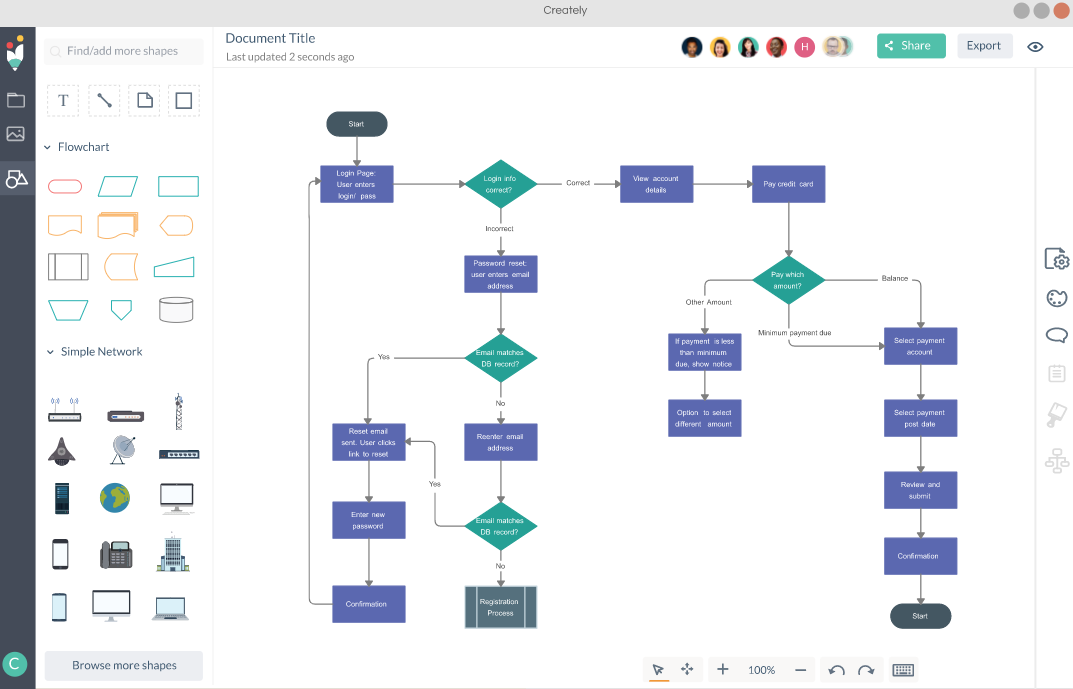


Label each leaf node with a question or choice. If you need to add additional branches, click and drag a line from the decision node. Label the branches stemming from your decision node with each of your individual options. Use your question or theme to title your Lucidspark decision tree template on your whiteboard, as well as your decision node. Start your decision tree online by defining the question, theme, or decision you’d like to explore.
Lucidchart decision tree how to#
We’ve broken down how to use our decision tree template in six simple steps. How to make a decision tree online with Lucidspark If you want to get started, you can use our online decision tree creator. Decision tree templates can help with the creation process. Scale the decision tree to include as many potential outcomes as you need, so you can be confident that you, your team, and your stakeholders have a clear understanding of what’s possible. The decision tree can be used in limitless ways, in virtually any scenario, based on your team’s needs. Allocating company resources responsibly.Presenting an option’s potential from a variety of angles.This makes the decision tree an incredibly powerful tool when it comes to: Together with your team, you can use your decision tree to assess risk and test-drive multiple scenarios before investing precious time, money, and resources into your plan.

In this case, the decision tree is used to predict what outcomes are possible, which outcomes are probable, and what those outcomes look like, based on a variety of factors. What is the purpose of a decision tree?ĭecision trees typically play one of two roles: predicting or describing what to do in certain situations. In short, the decision tree is an efficient, zero-risk method for visually weighing out all the options before making any concrete decisions. By following any single line in the chart, you can see the probability and ultimate result of any potential outcome at a glance. Laid out from left to right, the decision tree begins with a decision node at the “trunk” of the diagram, branching out into chance nodes, with final potential outcomes or end nodes as the tree’s “leaves.” Each branch represents a variety of information, including the probability of an outcome, success vs failure, and other variables. With each decision and outcome clearly defined, you and your team can make sure that you’re investing in the right outcome. A decision tree is a simple flowchart used to help users see their options by allowing them to visualize all of the potential outcomes of a decision.


 0 kommentar(er)
0 kommentar(er)
